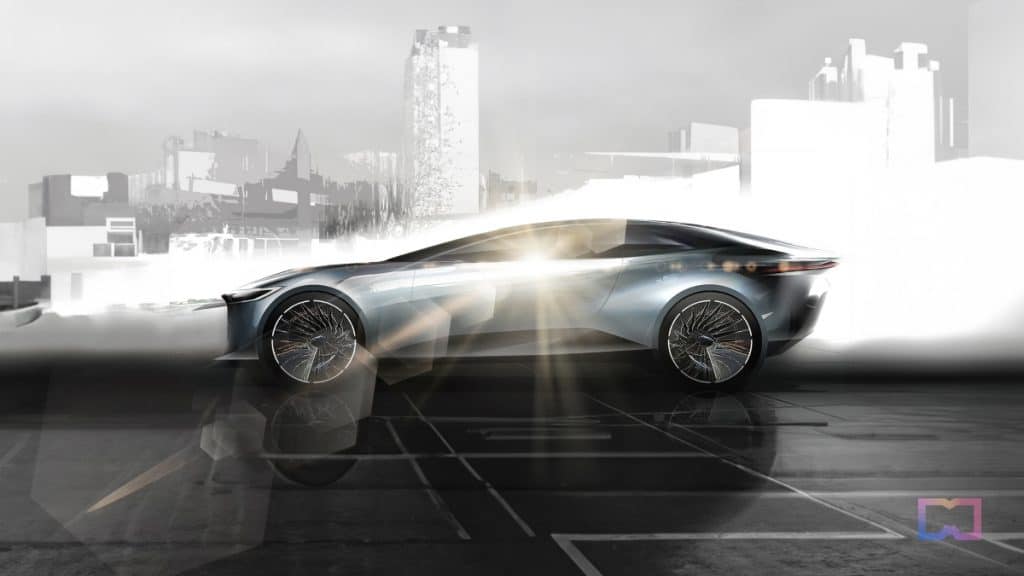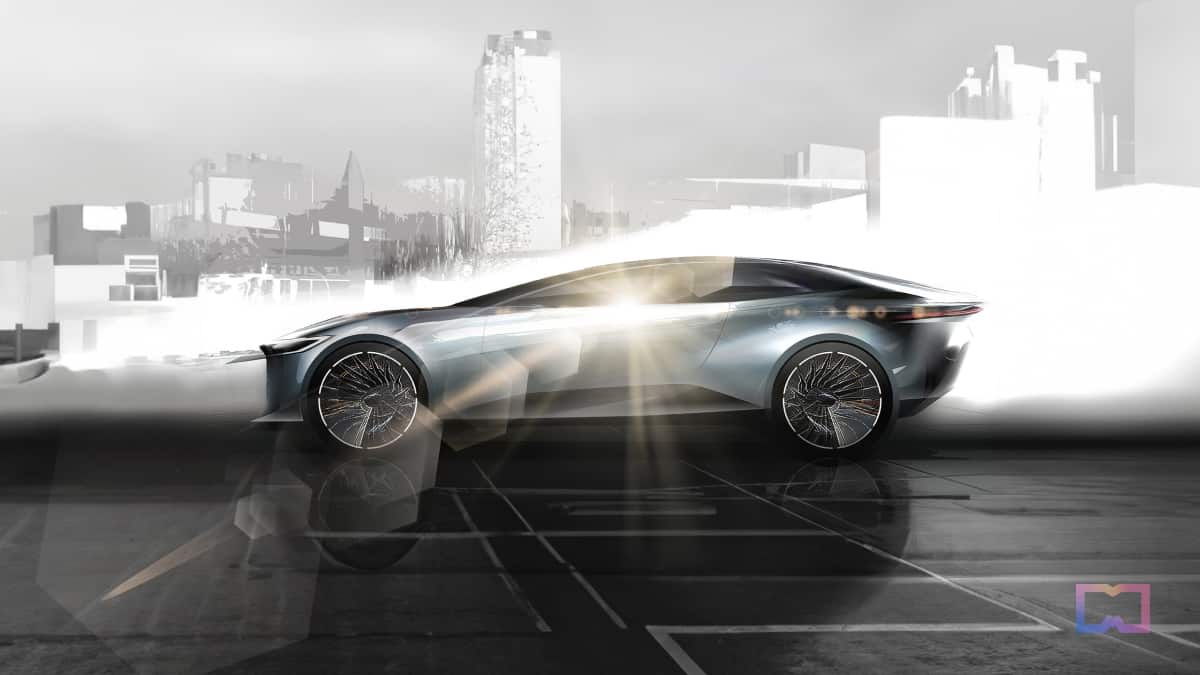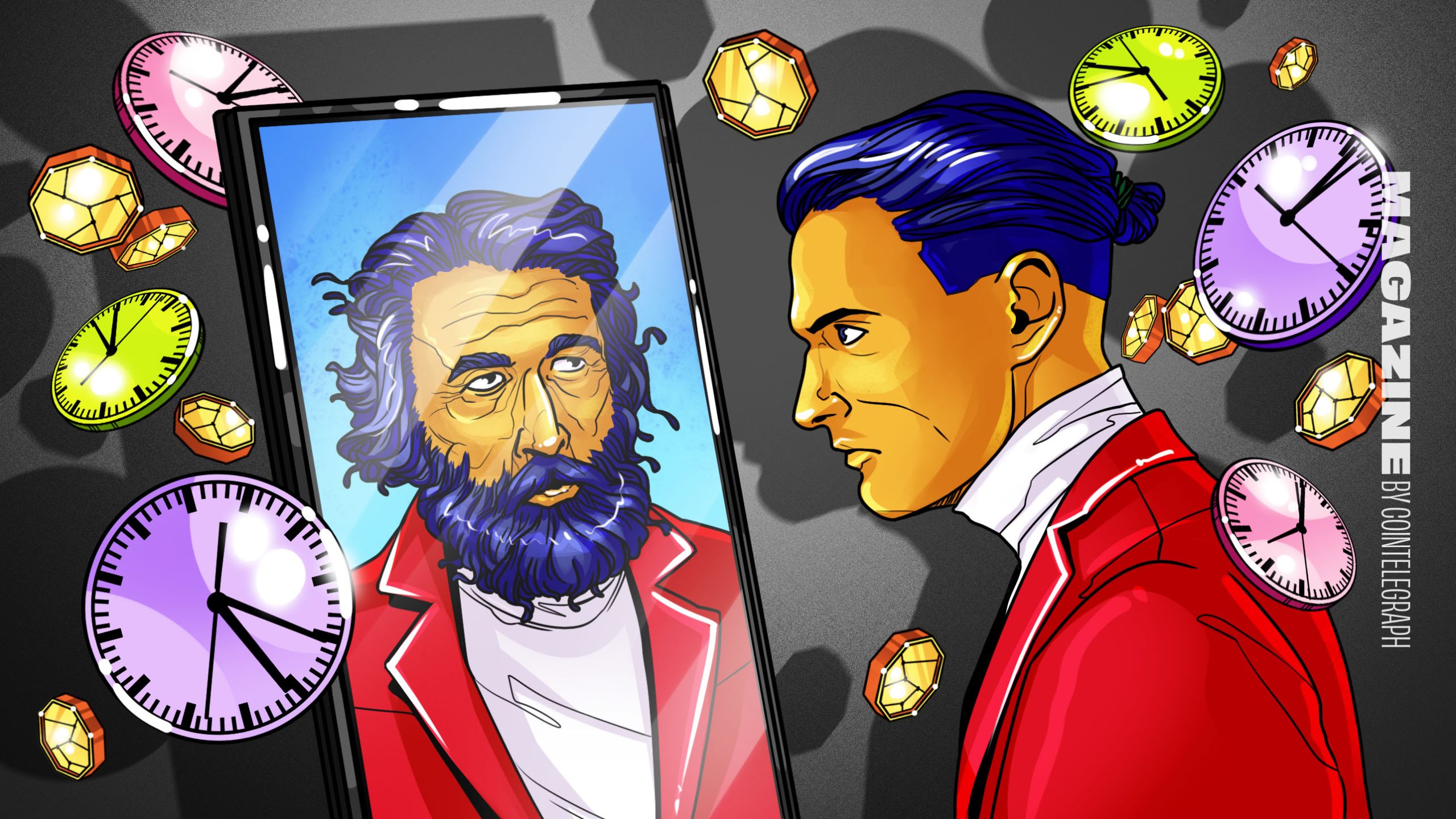Toyota Research Institute (TRI) has introduced artificial intelligence to enhance vehicle designs. TRI’s new technique allows designers to integrate design sketches and engineering constraints, enhancing their creative process alongside publicly available text-to-image generative AI tools. The approach significantly reduces the number of iterations needed to align design and engineering. This allows designers to work more efficiently and effectively.

Avinash Balachandran, director of TRI’s Human Interactive Driving Division, highlighted the limitations of generative AI tools in handling complex engineering and safety considerations in car design.
“This technique combines Toyota’s traditional engineering strengths with the state-of-the-art capabilities of modern generative AI,”
said Balachandran, whose team contributed to the development of the technology.
TRI researchers have developed an approach that combines engineering constraints with the design process. This technique considers factors such as “drag (which affects fuel efficiency) and chassis dimensions like ride height and cabin dimensions (which affect handling, ergonomics, and safety).”
The team merged optimization theory and text-to-image-based generative AI to create an algorithm that enables designers to optimize engineering constraints using text-based stylistic prompts.
As an example, a designer can request a set of designs based on an initial prototype sketch, specifying stylistic properties like “sleek,” “SUV-like,” and “modern” while optimizing a performance metric. The research paper focuses on aerodynamic drag, but the approach can also optimize other performance metrics or design constraints inferred from an image.
Last year, Toyota announced its entrance into the metaverse. The Japanese carmaker conducted employee meetings and created virtual workspaces in the digital world. The company believes that virtual workspaces will provide a more immersive mode of communication where employees can engage with each other using avatars.
Read more:
Read More: mpost.io









 Bitcoin
Bitcoin  Ethereum
Ethereum  Tether
Tether  XRP
XRP  Solana
Solana  USDC
USDC  Cardano
Cardano  Dogecoin
Dogecoin  TRON
TRON  Lido Staked Ether
Lido Staked Ether  Pi Network
Pi Network  Wrapped Bitcoin
Wrapped Bitcoin  Lombard Staked BTC
Lombard Staked BTC  LEO Token
LEO Token  Chainlink
Chainlink  Hedera
Hedera  USDS
USDS  Wrapped stETH
Wrapped stETH  Stellar
Stellar  Avalanche
Avalanche  Shiba Inu
Shiba Inu  Sui
Sui  Bitcoin Cash
Bitcoin Cash  Litecoin
Litecoin  Toncoin
Toncoin  Polkadot
Polkadot  Ethena USDe
Ethena USDe  WETH
WETH  Binance Bridged USDT (BNB Smart Chain)
Binance Bridged USDT (BNB Smart Chain)  Bitget Token
Bitget Token  Hyperliquid
Hyperliquid  WhiteBIT Coin
WhiteBIT Coin  Wrapped eETH
Wrapped eETH  Monero
Monero  Uniswap
Uniswap  sUSDS
sUSDS  Dai
Dai  Aptos
Aptos  NEAR Protocol
NEAR Protocol  Pepe
Pepe  Ondo
Ondo  Ethereum Classic
Ethereum Classic  Internet Computer
Internet Computer  Aave
Aave  Coinbase Wrapped BTC
Coinbase Wrapped BTC  Mantle
Mantle  OKB
OKB  Gate
Gate  Cronos
Cronos